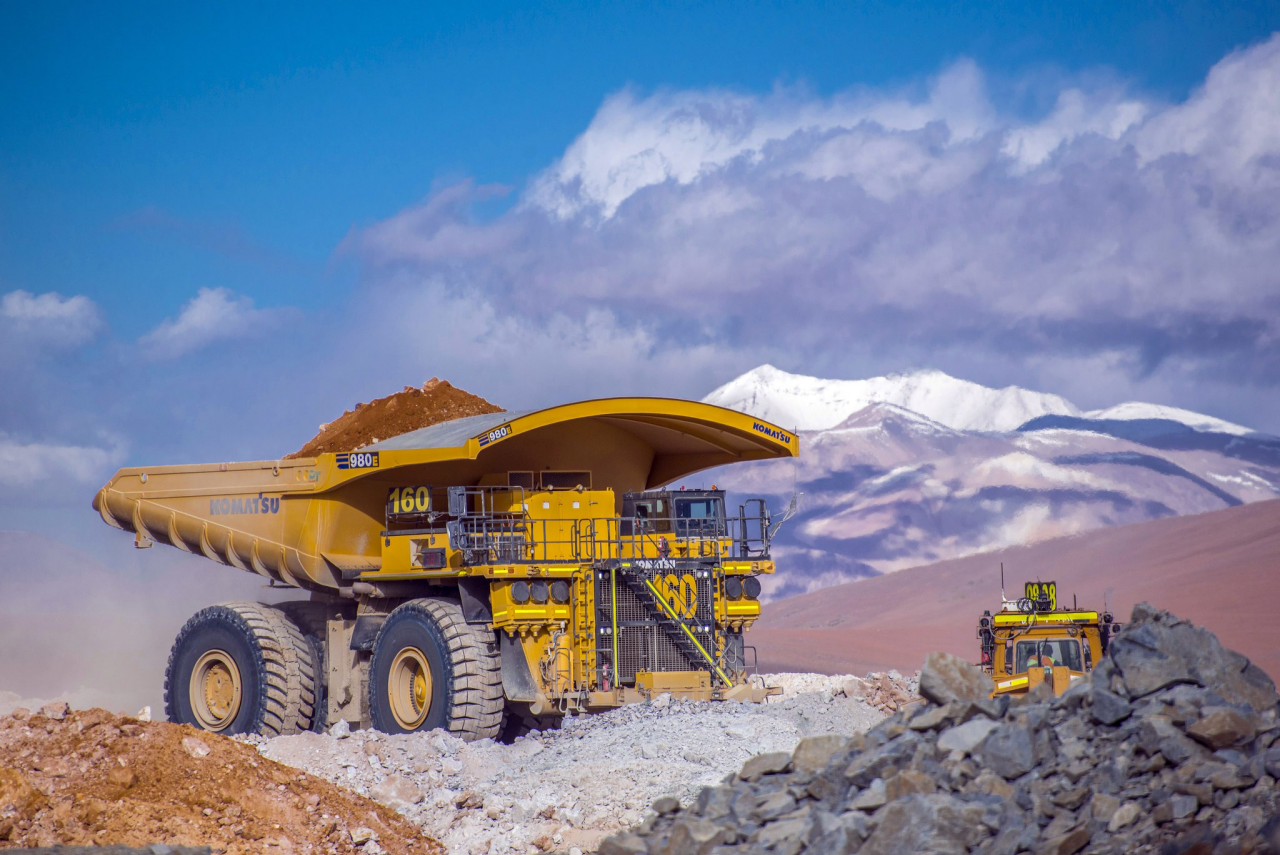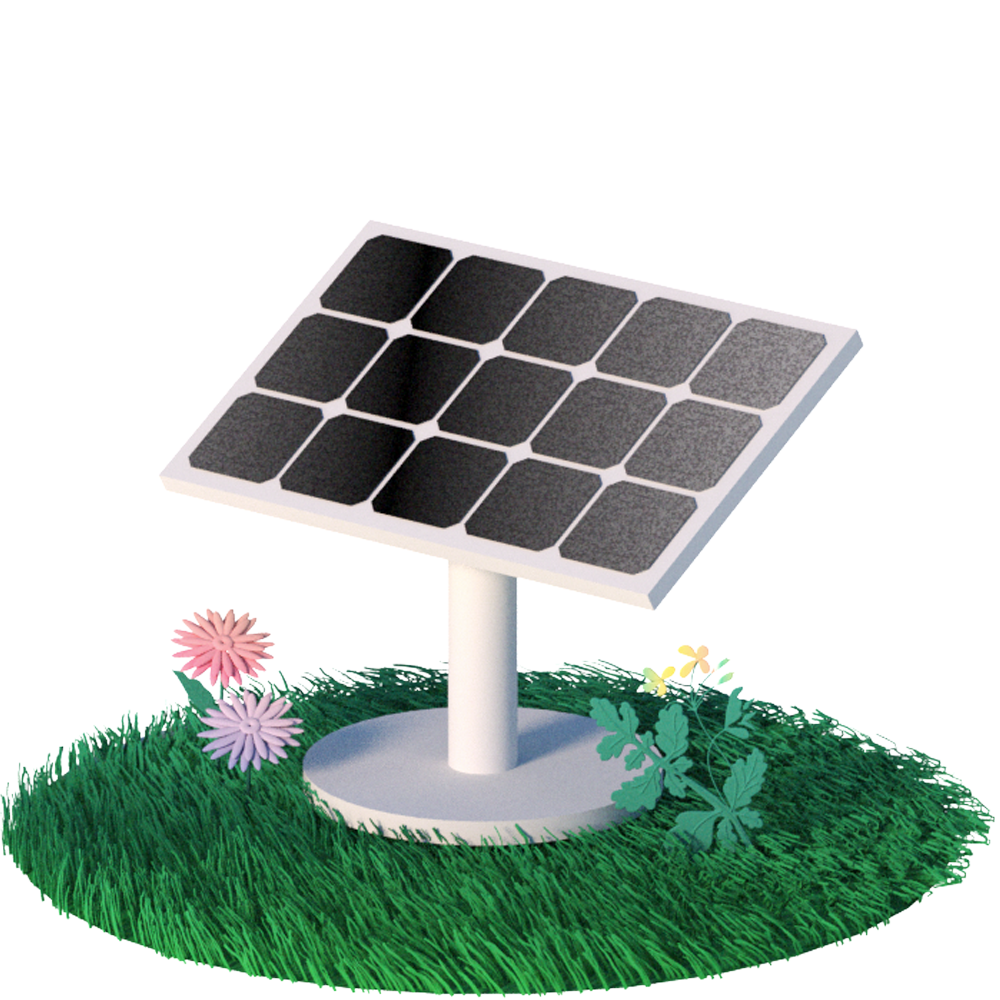Illustration: Maria Chimishkyan
Clean energy tech around the world is booming. Global sales of electric vehicles (EV), for example, rose by more than 43% during 2020 - a runaway success that, in the UK, had the unintended consequence of the government slashing its EV grants after the surge in demand reportedly put a massive strain on its subsidy scheme.
Global solar photovoltaic generation, meanwhile, increased by 22% in 2019 and, according to the International Energy Agency, represented the largest absolute generation growth after wind power. Sustainable materials such as natural stone – which has no embedded carbon and a long life span – are also finding new favour in the construction industry.
But green measures can come at an environmental price: as demand for these technologies and materials continues to grow, so too does the need for the minerals and metals that are required for their production. The World Bank Group predicts that by 2050, there will be an almost 500% increase in the production of clean tech minerals such as graphite, lithium and cobalt to meet demand. It further estimates that three billion tonnes of minerals and metals will be needed for wind, solar and geothermal power, as well as energy storage, if we are to achieve a below 2°C future.
At the same time, poor labour practices across the mining industry and global supply chain continue to blight the sector, with more than one million children engaged in child labour in mines and quarries, according to the International Labour Organisation (ILO).
ILO research found that more than half of the world’s supply of cobalt (a component used in lithium ion batteries that power EVs and store energy from solar) comes from the Democratic Republic of the Congo (DRC), where children as young as seven years old are put to work.
Combining these problems begs the question: can an end product ever be truly sustainable if the means of its extraction is unethical or damaging to the environment?
For David Sandbrook, head of minerals and waste management at Carter Jonas, it is critical to look at the full lifecycle of a product to begin to answer this question properly. “Minerals and the mineral products industry are essential to the economy and our quality of life,” he says. “We will need natural materials to develop solar panels, wind turbines and electric vehicles, so we must extract and transport the materials in the most sustainable way.
“Responsible sourcing is the goal, so that producers and consumers understand the sustainability issues – environmental, social and commercial - across the supply chain. We need a lifecycle approach that considers source, transportation, energy consumption and end of life issues such as whether materials can be re-used or recycled.”
Taking this whole life view into account, Transport & Environment (T&E) analysis showed in March that only 30kg of metals (about the size of a football) will be lost over the lifecycle of an EV once recycling is taken into account, compared with 17,000 litres of oil (equal to a stack of oil barrels 90m high).
On this, T&E analyst Lucien Mathieu, recently said, “Our analysis shows that the raw material needs of EV batteries pale in comparison to the fuel burned by fossil fuel cars, which, unlike batteries cannot be recycled.”
The group estimates that in 2035, over a fifth of the lithium and nickel, and 65% of the cobalt, needed to make a new battery could come from recycling.


Photo: AngloAmerican PLC
A World Bank Group report on climate-smart mining backs this up, suggesting that recycling components that have reached their end of life could have a “dramatic effect in reducing some of these emissions”.
This is particularly pertinent to greenhouse gas emissions, with the carbon footprint coming from the secondary production of minerals, being a fraction of that from primary production. For example, secondary aluminium (a metal used within solar production) could have a carbon footprint that is about 5–10% of that coming from primary aluminium production.
However, it also notes the importance of countries having adequate recycling infrastructure in place for this to be effective and says, for some minerals, recycling comes with additional environmental challenges, such as energy use and water footprints, that need to be weighed against the environmental benefits.
The World Bank Group launched the Climate-Smart Mining Facility in 2019, a fund dedicated to making mining for minerals climate-smart and sustainable. The fund works with resource-rich developing countries to help them realise the benefits from minerals and metals at the same time as minimising their environmental and climate footprint.
Can an end product ever be truly sustainable if the means of its extraction is unethical or damaging to the environment?
One of the group’s central arguments around sustainable mining is the need to take a targeted approach to climate policies and tailor mitigation strategies for specific minerals. Mining silver, for example, is emissions intensive, though silver is not demanded on a large scale. Copper, on the other hand, has a smaller greenhouse gas footprint per kilogram, but is needed on a larger scale relative to silver. Understanding these complexities and tailoring different policy approaches to reduce their carbon footprint, then, will be key to improving the sector’s sustainability going forward.
Elsewhere, T&E argues that technical advancements will drive down the amount of lithium required to make an EV battery by half over the next decade, estimating that the amount of cobalt required will drop by more than three-quarters and nickel, by around a fifth. Understanding the shift in demand for certain metals and minerals over time will also be hugely significant.
Further mitigations across the sector include the decarbonisation of the supply chain by eliminating diesel from mine sites through battery-powered vehicles. Global mining company, Anglo American, for example, is working on the creation of the first hydrogen-powered mining haul truck, with a 300-tonne load capacity.

There are also a number of interesting projects taking place around the world to rehabilitate quarries, as a way of improving biodiversity in areas that have been depleted by mining activity. Portugal’s largest cement plant, SECIL-Outão, began a large-scale rehabilitation project in 1983 to progressively recreate habitats. So far, it has restored 44 hectares.
Poor labour practices continue to be a thorn in the side for the industry, however, although global governments are trying to address this issue – the UK’s Modern Slavery Act (2015), for example, requires companies with an annual revenue of more than £36m to report on their efforts to combat human trafficking in their supply chains. In the US, the Dodd-Frank Act on conflict minerals was adopted in 2010 and obliges US publicly traded companies to undertake supply chain due diligence and report on products containing certain minerals that may be benefiting armed groups in the DRC. In 2017, the EU passed similar regulations on minerals mined in conflict-affected and high-risk areas.
Clearly, there’s a way to go to improve the mining sector’s sustainable credentials, but with the clean energy revolution and sustainability agenda increasingly gathering momentum, this is a problem that the industry will have to remain committed to solve.


